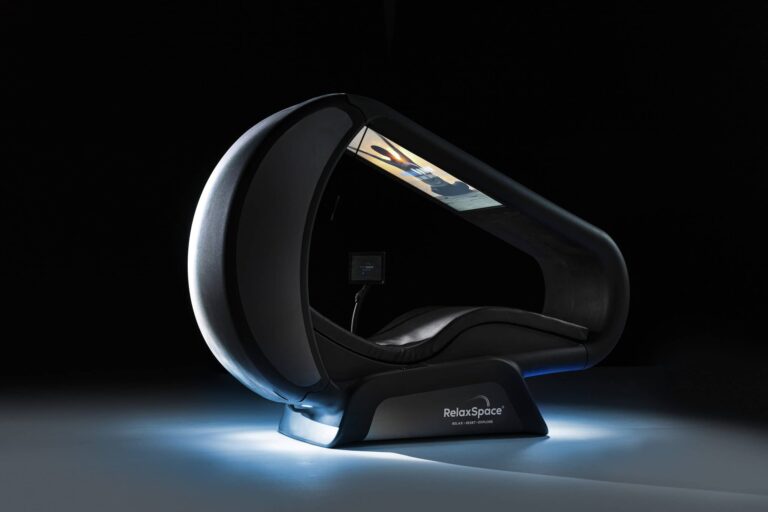Is Cricket Flour Healthy? 2024
What’s a food that packs more protein than steak, more iron than spinach, and could help save the planet?
Crickets.
Cricket flour is the latest nutrition topic that’s dividing people into for and against camps. And while there are plenty of questions to ask about eating crickets, today we’ll be focusing on one:
Is cricket flour healthy?
Cricket flour is nutrient-dense, offering high-quality protein, essential amino acids, vitamins, and minerals. It contains more protein than beef and is rich in B12, iron, and calcium. However, potential allergy risks exist, especially for those with shellfish allergies. Limited long-term studies suggest introducing it gradually and sourcing from reputable suppliers.
Let’s jump in. (Cricket pun fully intended.)
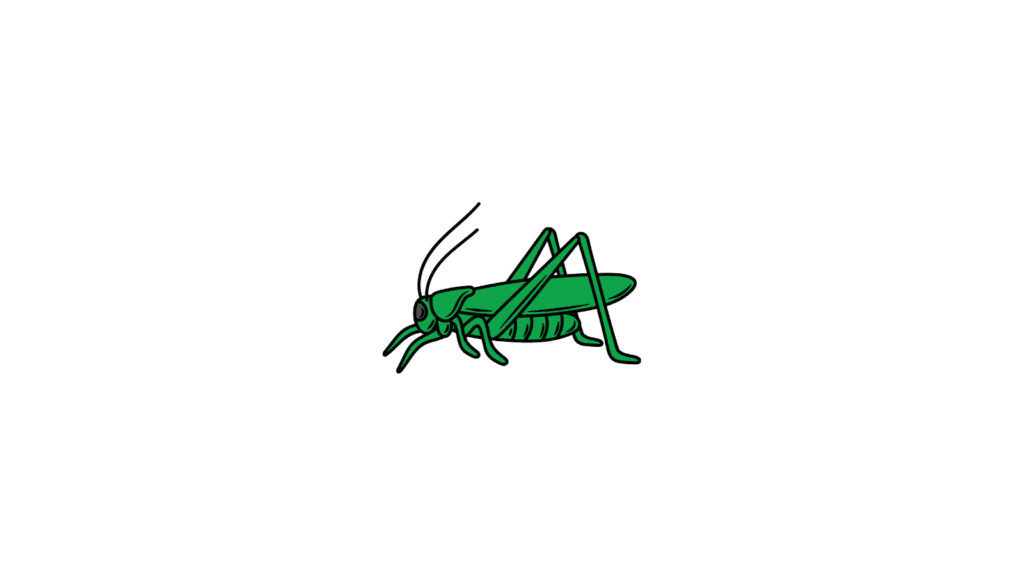
Is cricket flour healthy?
What is cricket flour?
It’s ground-up crickets. Whole insects, dried and pulverized into a fine powder.
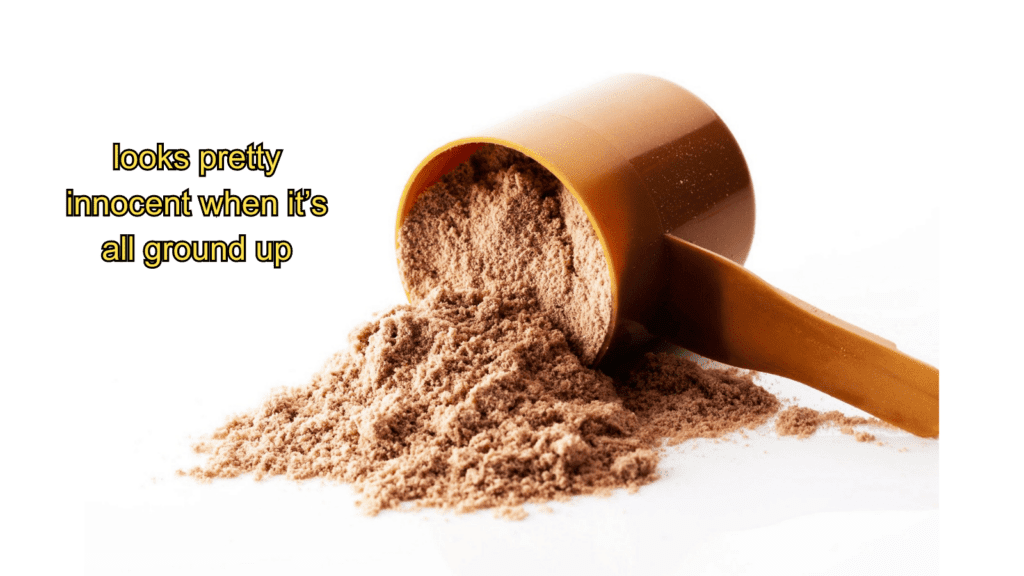
Cricket Flour Nutrition
Cricket flour’s nutritional profile is pretty impressive.
It’s 65-70% protein by dry weight (more on that in a minute) and has all nine essential amino acids (making it a complete protein).
It has 10 times more B12 than salmon and nearly twice the iron of spinach
Plus it’s rich in calcium, fiber, and healthy fats,
Comparing cricket flour to other proteins
Compared to other sources of protein by weight, cricket flour is the clear winner.
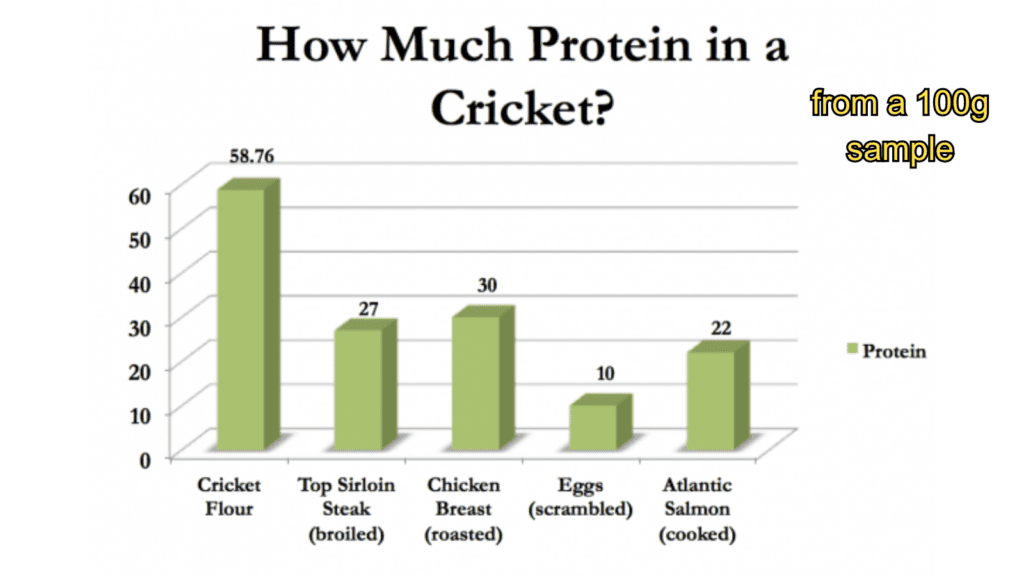
It has more protein than beef, chicken, pork AND salmon.
It’s also easier for your body to digest than many plant-based protein sources.
Potential health benefits
Thanks to its high protein and BCAA content, cricket flour is really good for muscle building.

The high protein content also helps with weight loss by making you feel full (AKA satiety).
Cricket flour can help control blood sugar levels and has nutrients that are good for brain health.
The omega-3s and omega-6s in it are great for your heart health, and it’s a source of calcium for strong bones.

Also, the chitin in cricket flour may act as a prebiotic, which helps the growth of good bacteria in your gut.
Some studies say crickets might be anti-inflammatory too.
Lastly, it’s gluten-free, for our celiac disease brothers and sisters out there. And unlike most animal protein sources, it has dietary fiber, which helps digestion.
Potential health risks
Before you stock up, there are some possible health risks to consider.
If you have shellfish or dust mite allergies, you should be really careful.
Also, the bug’s exoskeleton can be tough for your stomach to break down which can cause digestive issues.

And there’s also the risk of contamination – one study found high levels of arsenic in some cricket powders.
Plus if the crickets aren’t sourced from reputable farms, there’s a risk of pesticide exposure.
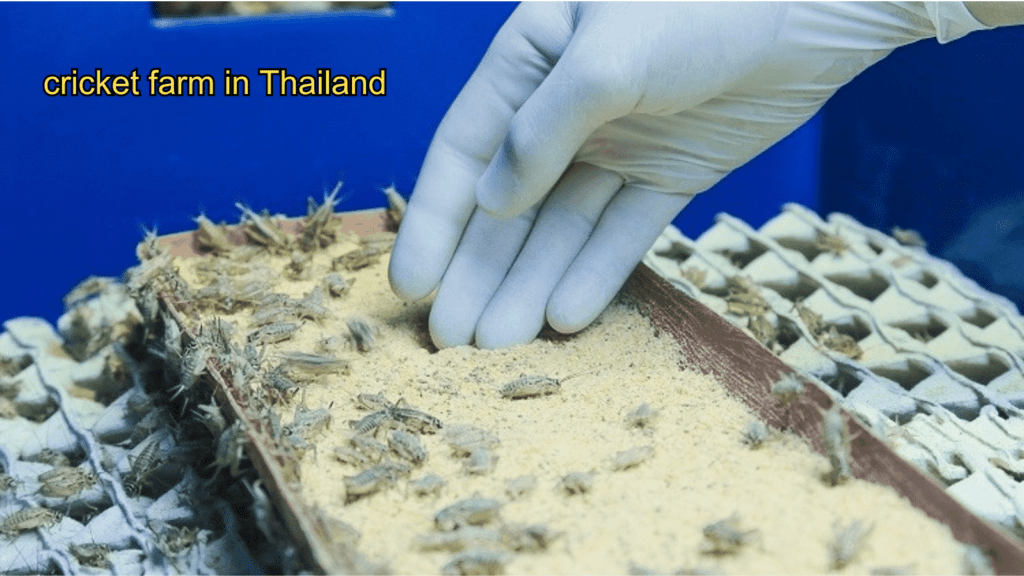
And because this is a relatively new food source for many of us, the long-term effects of eating cricket flour regularly aren’t known yet.
The verdict: Is cricket flour healthy?
Short answer: I think so!
Long answer: Cricket flour is really impressive as far as nutrients and protein go.
As a “real food” made from insects, I’m pretty confident in its safety, as long as the cricket flour you’re buying is just ground-up crickets without any dangerous additives.
I would easily place it as a healthier option than most of the American diet (Doritos, processed meats, sodas) and as a high protein, nutrient-dense recipe additive that could likely improve your health
If you’re considering trying cricket flour:
- Start with small amounts
- Purchase from a well-known source
- Watch out for allergic reactions
Whether you decide to hop on the bug bandwagon or stick to old-school proteins, remember that nutrition science is always changing – so be sure to check back in sometime soon.
You can check out some cricket flour recipes here.
Peace!
– Josh
Read What Brands Use Cricket Flour 2024 next.


